A look at the Binns family of Sunderland: retail, jail anti-slavery and losing a fight with Gandhi
and live on Freeview channel 276
The Binns department store traded in Fawcett Street until 1993 and it was enormous. It occupied the building now used by Wilko, but that was only part of it.
It was joined by a tunnel running beneath Fawcett Street, where it was also sited in properties now used by the council and William Jameson pub. Both sides of the store had four storeys plus a basement.
Advertisement
Hide AdAdvertisement
Hide AdThere were also branches dotted around the North East, Humberside, Carlisle and Scotland. What made the name omnipresent in Sunderland was that for decades the shop was advertised on public transport.
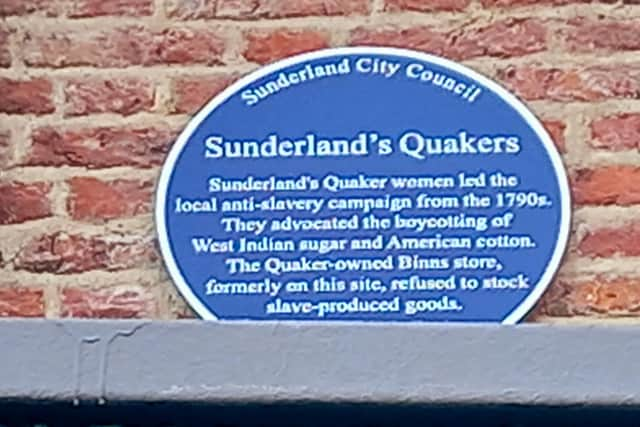

While out and about you could barely open your eyes without seeing the words “Shop at Binns” rolling past on a bus or tram. The store also entered into common parlance on Wearside.
The forfeit for many a bet often involved carrying out a particular activity in Binns’ window. Fortunately the losers of such wagers would always renege, thereby sparing an innocent public.
But what of the family behind the institution?
George Binns – the godfather
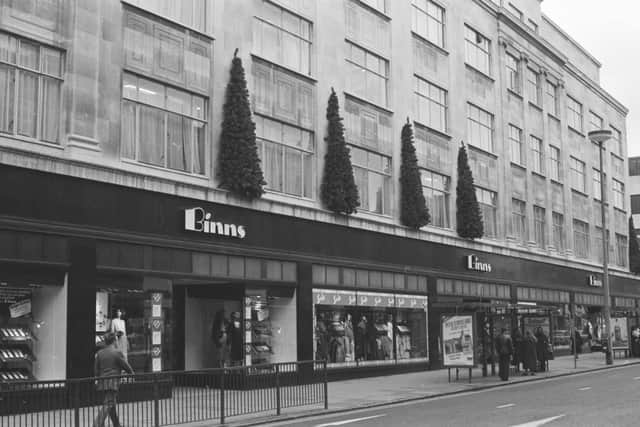

The earliest Binns we could find is John Binns, born in Yorkshire in 1663. But the first to interest us is George Binns, born in Crawshawbooth, Lancashire in 1781, son of David Binns, a clogger (shoemaker, not a dancer) and his wife Ann.
Advertisement
Hide AdAdvertisement
Hide AdDavid took the family into the burgeoning cotton trade. But the retail dynasty really began when George moved to Sunderland in 1804.
From 1807 he was recorded as a draper and in 1811 he bought a woollen drapery and linen shop at 176 High Street. George carved a reputation for quality merchandise and good deals. He was less popular as a boss.
In 1814 he employed his nephew David Binns as an apprentice. David was not impressed. In 1817 George gave his staff only bread and milk, even though they sometimes had to work until midnight. David was only allowed to visit his parents every two years.
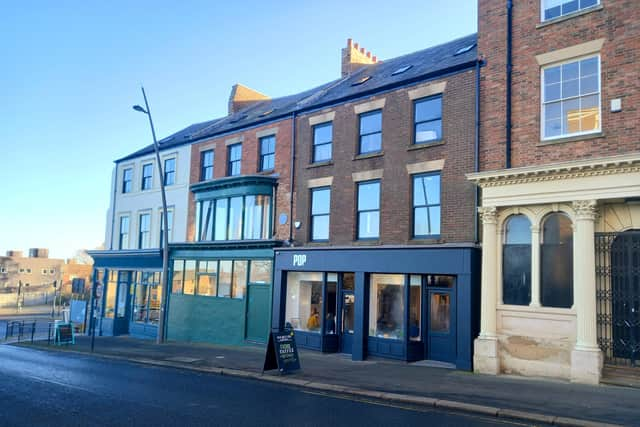

George had married Margaret Watson in Staindrop in 1805. They were Quakers, teetotallers and John Logie Baird would not be born until 1888. Consequently they had 15 children, all of whom were born in Sunderland.
Advertisement
Hide AdAdvertisement
Hide AdGeorge died of tuberculosis in 1836. Two years earlier he had made “the last Will and Testament of me George Binns of Sunderland near the Sea”, which made it clear that if Margaret should re-marry she would receive zilch. Charming.
Henry Binns and his heroic brother George jnr
The main beneficiary of George’s will was his eldest son Henry (although Henry had two older sisters), born in 1810. The shop began trading as Henry Binns.
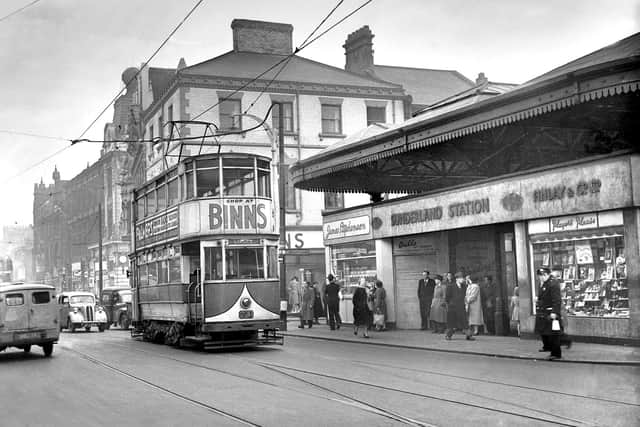

Henry was avowedly anti-slavery and made it company policy to only sell goods produced by workers who were also at liberty.
In 1844, the shop moved into 173 High Street, where in 2021 a blue plaque was unveiled which specifically references Binns’ contribution to the anti-slavery campaign.
Advertisement
Hide AdAdvertisement
Hide AdYet perhaps a more interesting Binns was Henry’s younger brother, George Binns jnr, 1815-47; a fervent Chartist.
The Chartists wanted true democracy: a vote for each man (women would have to wait), secret ballots, constituencies of equal size and no requirement for MPs to be landowners.
In 1838 George co-founded the Sunderland Chartist Association and a bookshop he owned became the town’s radical hub. This led to his conviction for sedition in 1840. He and James Williams were jailed for six months, having refused freedom in exchange for a guilty plea.
George jnr was released from Durham Gaol in January 1841, when thousands of people in Sunderland gave him a hero’s welcome. He died in New Zealand aged just 31.
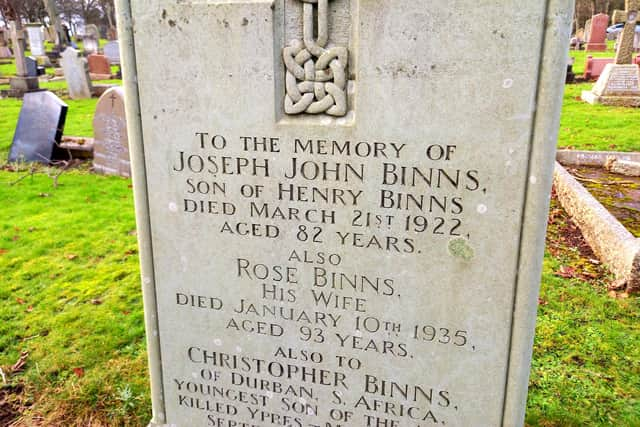

Joseph John Binns and Henry Binns versus Gandhi
Advertisement
Hide AdAdvertisement
Hide AdHenry Binns retired in 1865 whereupon his son, Joseph John, continued to expand the business as H Binns, Son & Co.
In 1884, the shop moved to larger premises at 38 and 39 Fawcett Street. Another significant moment came in 1897 when Binns became a limited company and then a major force in retail.
By 1914 it was Sunderland’s biggest department store; no trivial feat at the time. Binns had capital of £65,000; about £8 million today.
The 1920s saw new branches opening in Darlington, Middlesbrough, South Shields, West Hartlepool, Newcastle, Carlisle, Dumfries and Edinburgh. More would follow. It was now big business.
Advertisement
Hide AdAdvertisement
Hide AdWe know that John Joseph Binns lived in Thornhill Terrace and left £45,083 11s 1d when he died in 1922, although information on him is more difficult to find than for his forebears (his son Christopher Binns was killed at Ypres in 1917).
But his elder brother, Sir Henry Binns, born in High Street in 1837, became Prime Minister of the Colony of Natal in modern day South Africa and was a more controversial family member.
In 1894 he urged the Indian Government (answerable to Britain) to tax Indian labourers working on the cane fields in Natal who did not return to India at the end of their indenture (a horrendous system), to be taxed a ludicrous £25 annually.
A figure of £3 was eventually settled upon after intervention from none other than the lawyer Mohandas later “Mahatma” Gandhi.
Henry died in Pietermaritzburg in 1899.
Closed
Advertisement
Hide AdAdvertisement
Hide AdBusiness and family wealth continued to grow. When John Joseph’s son Aubrey Brian Binns died in 1956, he left a personal fortune of £231,081, worth about £6million in 2022. But by then the empire had been sold.
Binns Ltd was swallowed by House of Fraser in a bitter 1953 takeover. The family then became comparatively obscure.
The huge Sunderland store closed in 1993, but the Binns name only disappeared completely in 2018 when the Darlington branch rebranded as House of Fraser.
But there was more to the Binns family than mere shopping.
